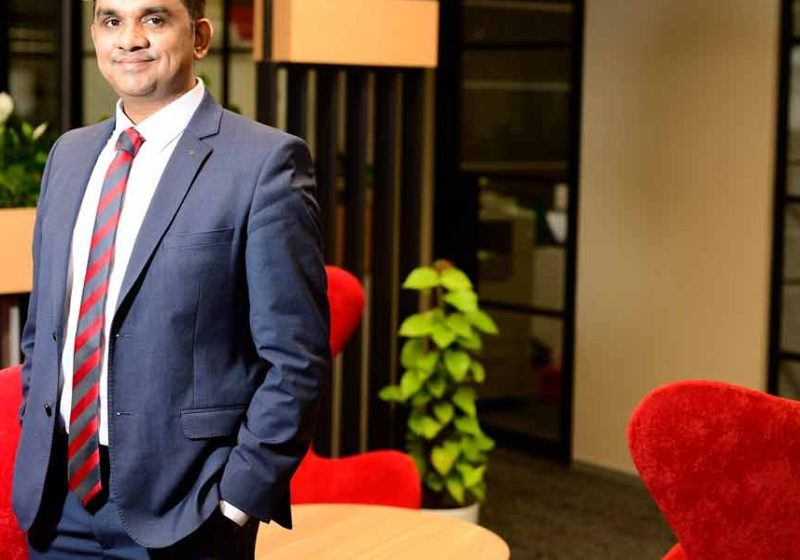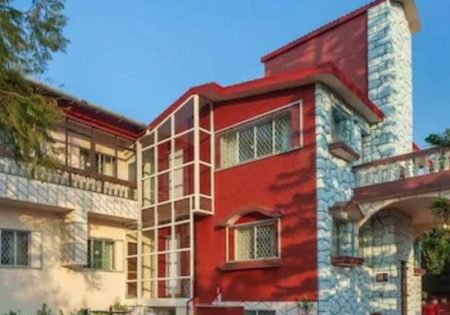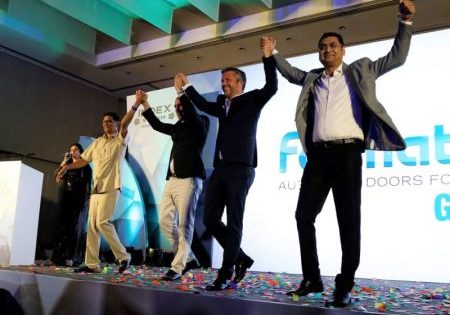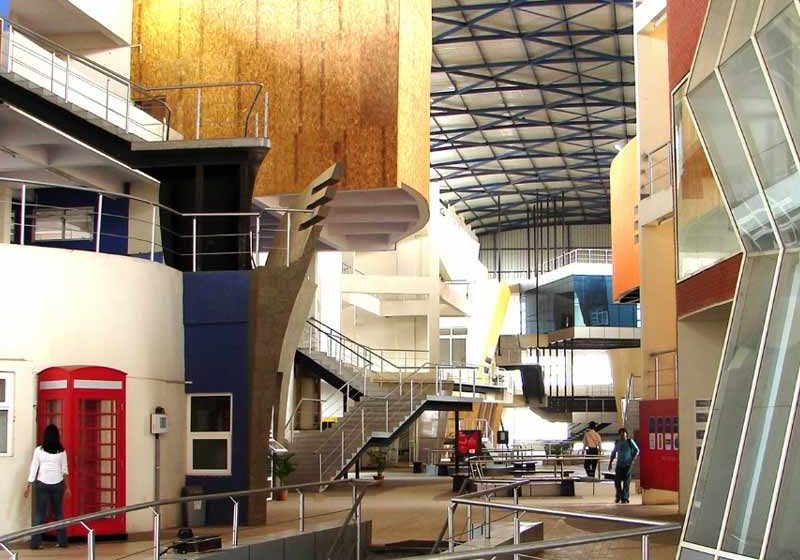Consultant lauds The Lift Act 2017 for both its improvements toward public welfare and its boost for business.
The Maharastra Government’s Lift, Escalator and Moving Walk Act 2017 includes two main changes that are very important for users in general and the elevator industry in particular. The first is “the need for third-party insurance requirement,” and the second is “specifying the life span of lifts, escalators and moving walks.”
The housing societies are run by the contribution of society members, who, in most cases and most of the time, have very limited funds at their disposal. Meeting any unexpected major repair/replacement expenses for lifts becomes a great challenge.
At the outset, I welcomed the changes and appreciated the steps taken toward increased safety of users. At the same time, it offers a good opportunity for the elevator industry regarding the spares and components business. It is now for the industry and owners of lifts to ensure these are implemented to meet the desired goal.
Let us understand the reasons why, in my view, the government was led to pursue these two major changes. First, the housing societies are run by the contribution of society members, who, in most cases and most of the time, have very limited funds at their disposal. Meeting any unexpected major repair/replacement expenses for lifts becomes a great challenge. This can be a tough task for even individual owners. The second reason stems from frequent lift accidents and increased operational problems arising from poor maintenance and failure to replace important parts. In this regard, the act is a great move by the government. Both these reasons can be taken as the driving forces for the government to have incorporated these two important changes.
Chapter IV, sections 23 and 27 of the act bring important changes. First:
“The owner shall, after the completion of the erection of such lift or escalator or moving walk, ensure third-party insurance so as to cover the risk of passengers using such lifts or escalators or moving walks.”
Second:
“A lift or escalator or moving walk installed in the premises may be replaced by the owner of the lift or escalator or moving walk after the period of twenty years of its installation or as directed by the Electrical Inspector (Lifts) under section 8.”
If you have third-party insurance of your lift, like in the motor vehicle act, then in case of a lift accident, any financial burden that comes to the owner/society can be taken care of by the insurance company. This is a very good move toward financial protection for the lift owner/society.
The first change (regarding setting the life of the equipment at 20 years) is also a good move toward the safety of users. The housing societies, because of financial constraint, often do not take proper care of lift equipment. This may be because of their priorities or careless attitudes. The parts that need to be replaced are not replaced in a timely fashion for the above reason. This leads to reduced reliability of operations and increases safety hazards for users.
With these changes in the law, the owner must have the lift audited thoroughly after 20 years and get it repaired or replaced, based upon the audit report, and have a new license issued after proper replacement or repair.
With these changes in the law, the owner must have the lift audited thoroughly after 20 years and get it repaired or replaced, based upon the audit report, and have a new license issued after proper replacement or repair.
Let us study the effect of the same on the Indian elevator industry. At present, per Maharashtra Public Works Department records, the number of lifts older than 20 years, or elevators installed before 2000, is around 14,000. This figure is only for Maharashtra and is according to the Maharashtra Lift Inspectorate site. All 14,000 units are due to be replaced or undergo major repair, per the new lift rules. Considering the cost of major repairs/replacements is approximately INR1 million (US$13,110) per unit, replacement for 14,000 units will work out to be INR14 billion (US$183 million).
This will be the immediate effect of the new law on the elevator business. It is quite possible that these might result in some redevelopment, demolition or upgrading. The exact figures are not available for study, but even so, there will be a considerable number of lifts available for major repairs or replacement, and that can provide a good boost to the business.
From the records, we can see that the number of elevator installations is increasing year by year. At present, more than 15,000 units are added every year in Maharashtra alone. The same count is expected to increase by around 15% per year. From the available lift population and yearly incremental effect, one can easily work out the expected replacement/major repair business.
The demand for new elevators and major modifications will have a continuous positive effect on the Indian elevator industry. This demand will be in addition to the regular requirement of new projects. Because of funding constraints, most users will prefer major upgrading over complete replacement. Funding will always remain the deciding factor in most cases. The places where the building itself is going for change — such as type of occupancy, increased number of floors or redevelopment — will opt for complete replacement.
To minimize expenses of major repair/replacement, it is advisable to have a lift audit done every year. This will provide a proper assessment of the condition of the lift’s major parts and its life expectancy, which will help in working out priorities based on the condition of the parts and availability of funds. Timely parts replacement will save one from the sudden demand of major expenses brought by the need for complete replacement or major repair.
The best way to implement both rules is as follows. First, the elevator company must get insurance coverage, along with the service contract, for the lifts and make sure these are always renewed. It will be better if the insurance company comes forward and ties up with the elevator companies when getting the lifts insured. This will provide them good business with less effort.
For major repair/replacement of lifts after 20 years, it is advisable for the building society to have a provision in its monthly collection under the heading “lift repair.” The same amount can be kept separate, like the sinking fund, and can be used only when needed for lift work. Alternatively, the society can make changes in their bylaws, considering this new lift rule requirement. This will allow them to use the sinking fund for such lift work. This will make the society’s job easy, and it will have required funds whenever required. The ultimate result will be increased safety and reliability for users, which is the ultimate aim of these changes.
This presents a great opportunity for the elevator industry. Industry people need to come out with an intensive awareness campaign that focuses on saving users’ lives. This powerful message will both improve safety and generate business for the industry.
Get more of Elevator World. Sign up for our free e-newsletter.






